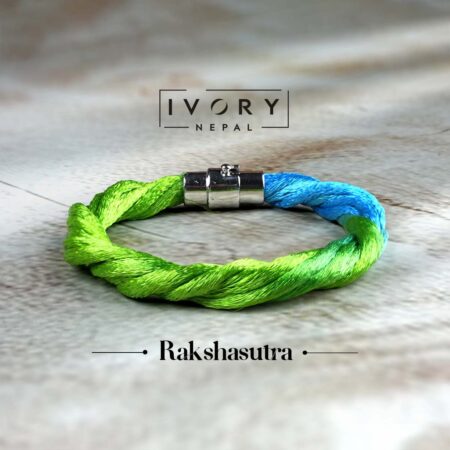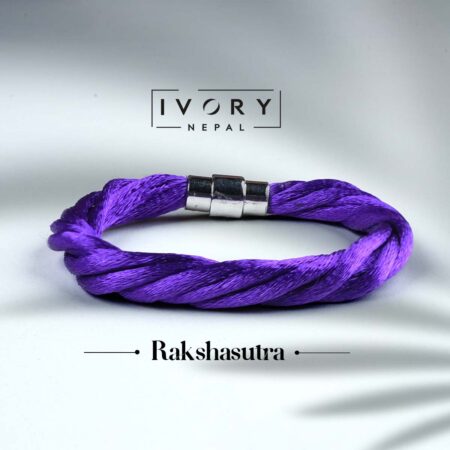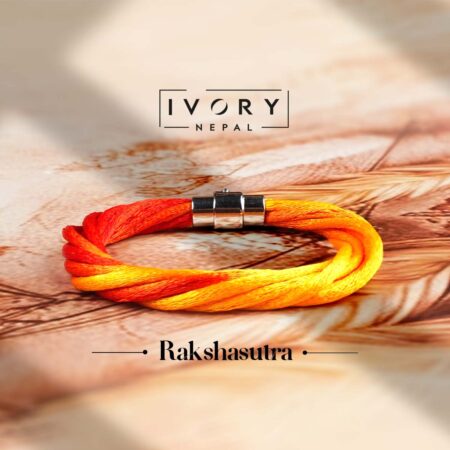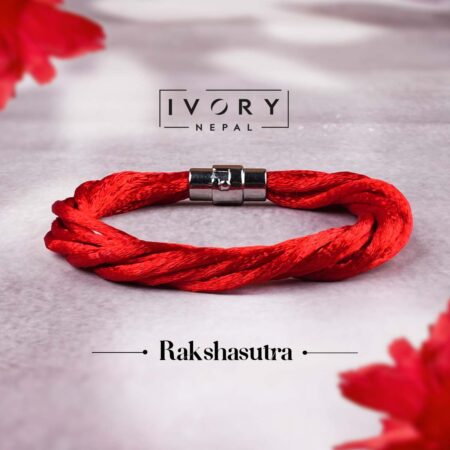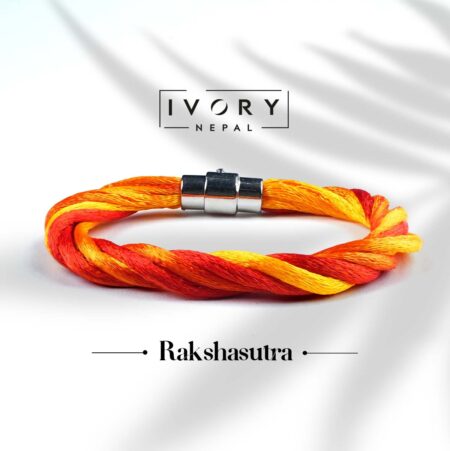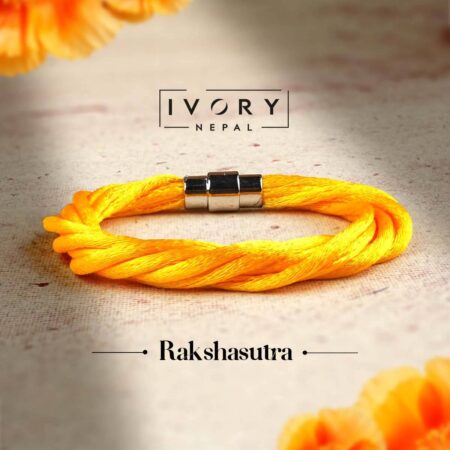Description
In the Hindu Sanatan Dharma tradition, tying a sacred thread on the wrist has been an age-old practice. Whether it’s during prayers, spiritual ceremonies, or visits to holy places, the act of tying the Rakshasutra on the wrist holds a special place. It is known to provide spiritual strength, support physical well-being, and act as a silent protector across realms seen and unseen.
The ancient texts speak of many such moments. When King Bali sought immortality, he asked Lord Vishnu in his Vamana form to tie a Rakshasutra on his wrist. Before going into battle with the demon Vritrasura, Lord Indra had one tied by Indrani after she prayed to Lord Shiva. These stories are not just episodes of the past—they are reminders of trust in divine protection.
The Rakshasutra is made using seven threads.
It is tied around the wrist over three important lines known as the Manibandh lines. These three lines are said to represent the power to overcome divine, physical, and material afflictions. These lines are believed to embody the presence of Shiva, Vishnu, and Brahma—and also the energies of Durga, Lakshmi, Saraswati, and Bhairav.
The seven threads have a deeper meaning:
Three represent the Tridev—Brahma, Vishnu, Shiva.
Three represent the three Shaktis—Durga, Lakshmi, Saraswati.
One thread is dedicated to the form of Bhairav.
Tying the Rakshasutra after visiting a temple or sacred place is believed to protect the wearer from destructive energies, fear, malice, and black magic. It forms a layer of protection around the wearer, supported by the grace of divine forces.
When tying the Rakshasutra, the following mantra is recited:
Yen Baddho Bali Raja Danavendro Mahabalah
Ten Tvam Anubadhnami Raksha Ma Chala Ma Chala
Translation:
“I tie you with the same thread with which the great demon king Bali, full of might, was bound. May you stay firm, never falter.”
















